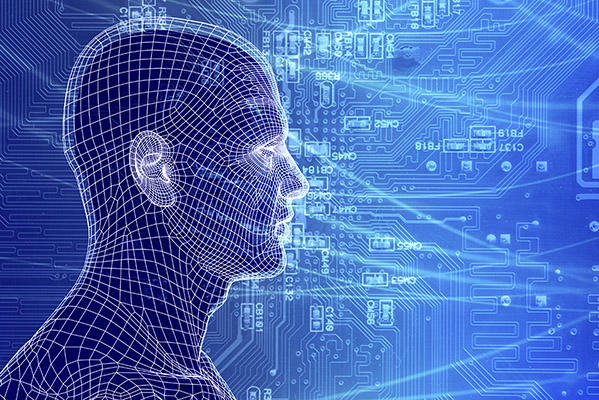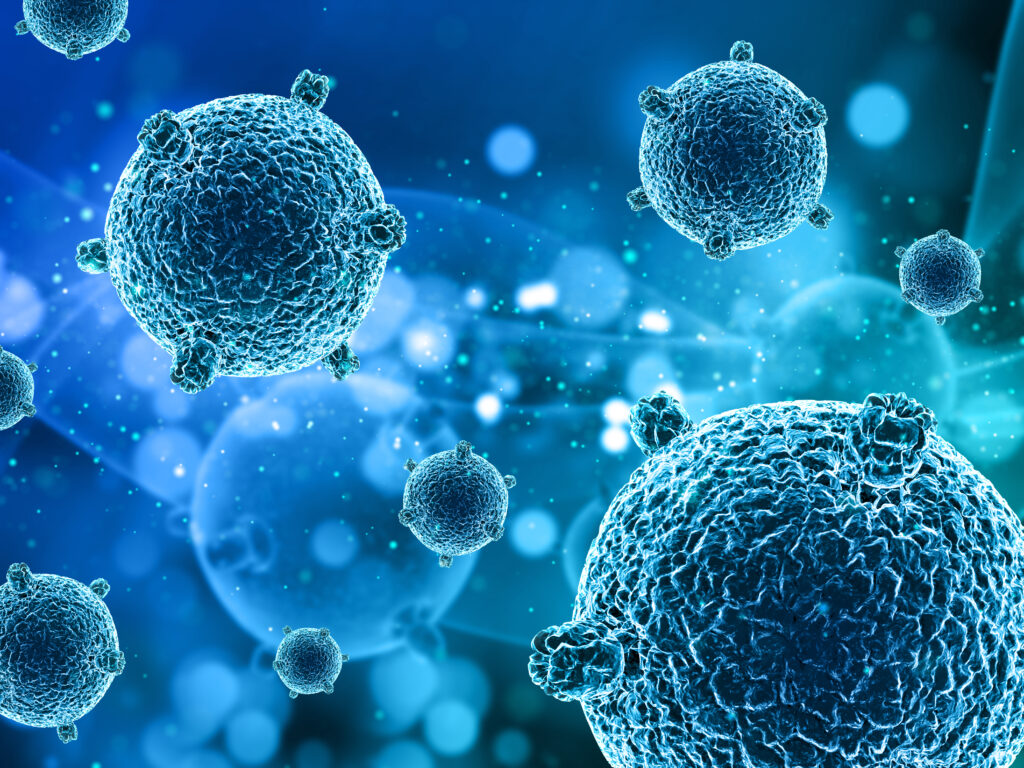Bioinformatics – a comparatively new discipline emerged from the merger of biology and computer science aiding biologists transform raw biological data into useful information.
The past thirty years have seen an exponential rise in data collection about biological processes, especially due to the development of new technical means to understand DNA and other components of living organisms. To analyze this data, which is humongous and increasingly complex, biologists have turned to computer science, information technologies, and mathematical principles. Moreover, the latest innovations in information technologies offer immense data storage and processing capabilities, which further facilitate biologists to gain unprecedented insight into the working mechanism of biological processes. Thus, a new discipline has been born which leverages the power of technology in biological research to unravel the mysteries of biological phenomena. It’s known as bioinformatics and covers life science disciplines such as genomics, proteomics, and systems biology.
What is Bioinformatics?
As a standard definition, bioinformatics is a discipline which studies, analyzes, and interprets biological data through the aid of computer technology. Bioinformatics combines three disciplines, namely – biology, computer sciences, and mathematics, and integrates them to study the information stored in genome sequencing and cellular proteins.
Bioinformatics: What is it used for?
The very definition of Bioinformatics indicates its application which is to store, process, and analyze large amounts of biological data. The aim is to better understand the internal working of basic building blocks of life and biological phenomena. The immense knowledge and insight gained thus help scientists carry out researches that could have a profound positive impact on the quality of life itself. For example, it could lead to important discoveries in the medical field, which will allow the implementation of new and more effective medical treatments.
What Questions do Bioinformatics Answer?
Bioinformatics helps us decode the internal structure of the building blocks of life, such as DNA and proteins. It also helps us expand our knowledge about the working and functions of these basic units of life. All this leads to answering essential questions about biological phenomena. All the knowledge gained through bioinformatics is then applied to better the quality of life itself. For example, developing more powerful and effective drugs to treat potentially lethal diseases.
Bioinformatics: The Future
A discipline that is only about three decades old, bioinformatics has opened new avenues for understanding biological processes. However, its development has also witnessed the exponential increase in the amount of data generated through numerous biological research, especially from systematic genome sequencing programs. While the aim was to store this flow of information at the start, the role of bioinformatics rapidly evolved to transform this raw data into insightful knowledge. As technology evolves and our database of biological information increases, the field of bioinformatics will expand too. Consequently, scientists will be able to build more complex and sophisticated models and work out more information from the available data.



